Press Release
August 3, 2016, 1:09 PM EDT
Synchrony Financial Reveals Five Retail Trends That Keep Consumers Happy and Retailers Growing
Study Shows New Trends and Consumer Preferences that Impact Retail Sales
To develop these insights, Synchrony Financial tracked existing and emerging trends impacting both the retail and mobile payments space. The results show that consumers are especially interested in:
- Content Marketing: Over 40 percent of consumers said in a recent survey they like to shop at stores that reflect their values.1 With shoppers’ moral and emotional viewpoints in mind, retailers are tailoring their marketing efforts to convey a lifestyle or experience, rather than just sell a product. People who believe in the brand message can help share excitement for the brand. Social media can also offer marketers the opportunity for free content advertising, which gains traction through sharing by people who believe in the brand message.
- Athleisure Wear: For many people, casual clothing designed for exercising and (almost) everything else has become the “new denim.” Some athleisure brands have surpassed sales of denim classics, and 80 percent of respondents in a recent survey said they have worn “athleisure” clothing for occasions other than working out.2 Of these, 69 percent said they wear athleisure instead of jeans at least once a week. Many of today’s consumers prefer comfort that allows for both movement and style.
- Instant Delivery: With apps providing amenities ranging from personal chauffeurs to doorstep delivery, retailers are going beyond free shipping and launching same-day delivery services. Some car services are even partnering with retailers to provide same day delivery of groceries, clothing and other goods. Many customers value convenience and instant gratification, and will pay to get it.
- Affordable High-End Fashion: To extend their reach, many retailers are fostering partnerships to provide accessibility to high fashion brands. Between mass merchant retail brands offering high fashion lines and low-cost retail brands collaborating with high fashion lines, these items are made available to a wider range of the income scale. Low-cost retailers house high fashion trends to satisfy the affluent customer on a bargain hunt, while high-end brand names offer lower-cost merchandise to attract customers at the big box retailers.
- Rented/Used Apparel: Almost one-quarter (24 percent) of U.S. consumers surveyed said they have rented clothing, and over one-third (34 percent) said they find the concept of renting appealing.3 Retailers are able to reach a larger audience through this business model by allowing their customers to tap into trends and rent apparel for special events at a fraction of the purchase price. In addition to one-time rentals, there are retail apps that allow owners to trade used clothing or send in items they want to rent out. These companies collect and store items, and handle delivery and dry-cleaning, much like a traditional rental company.
Additionally, about 40% of the U.S. population state they have used a mobile wallet4 for their retail purchases. App-based payment solutions, mobile payments and the Internet of Things are resulting in consumers developing different expectations of their shopping experience, moving towards online and app-based payment solutions. These new developments in the payment space are also causing retailers to think about how to best create a seamless experience for consumers.
“With our wealth of shopper insights through multiple partnership channels, Synchrony Financial provides retailers with consumer trends to assist them in tailoring their business models,” said Bart Schaller, chief marketing officer, Synchrony Financial. “The retail industry is constantly evolving and we are focused on providing insights and data to our retail partners to help them deliver great customer experiences that drive loyalty and increase sales.”
Read The Synchrony Trend Spotter – The Latest in Retail and Consumer Marketing, along with other retail and shopper insights, at www.synchronyfinancial.com at the bottom of the home page under the Featured White Papers heading or click on the Insights link under the News tab at the top of the page.
For more information about how Synchrony Financial can help grow your business, go to www.synchronyconnect.com or email synchronyconnect@synchronyfinancial.com.
1Synchrony Financial 2016 Affluent Research Study. March 2016.
2, 3, 4Crowdtap Survey. June 10, 2016.
About Synchrony Financial
Synchrony Financial (NYSE:SYF) is one of the nation’s premier consumer financial services companies. Our roots in consumer finance trace back to 1932, and today we are the largest provider of private label credit cards in the United States based on purchase volume and receivables.* We provide a range of credit products through programs we have established with a diverse group of national and regional retailers, local merchants, manufacturers, buying groups, industry associations and healthcare service providers to help generate growth for our partners and offer financial flexibility to our customers. Through our partners’ over 350,000 locations across the United States and Canada, and their websites and mobile applications, we offer our customers a variety of credit products to finance the purchase of goods and services. Synchrony Financial offers private label and co-branded Dual Card™ credit cards, promotional financing and installment lending, loyalty programs and FDIC-insured savings products through Synchrony Bank. More information can be found at www.synchronyfinancial.com, facebook.com/SynchronyFinancial, www.linkedin.com/company/synchrony-financial and twitter.com/SYFNews.
*Source: The Nilson Report (May 2016, Issue # 1087) - based on 2015 data.
©2016 Synchrony Bank/Synchrony Financial. All rights reserved.
Contact:
For more information:
Synchrony Financial:
855-791-8007
media.relations@synchronyfinancial.com



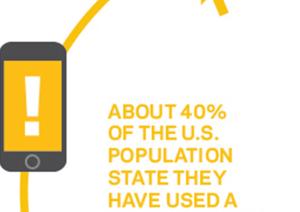
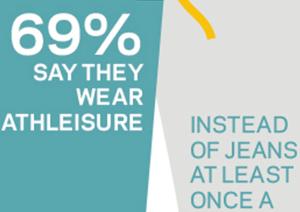
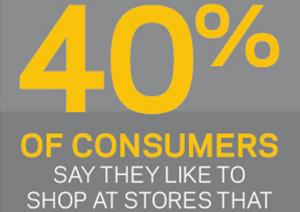

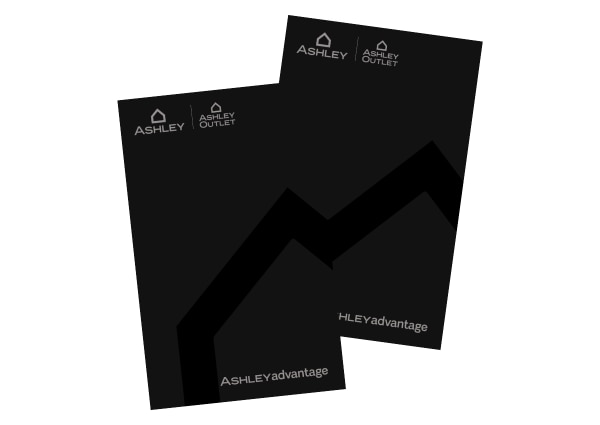
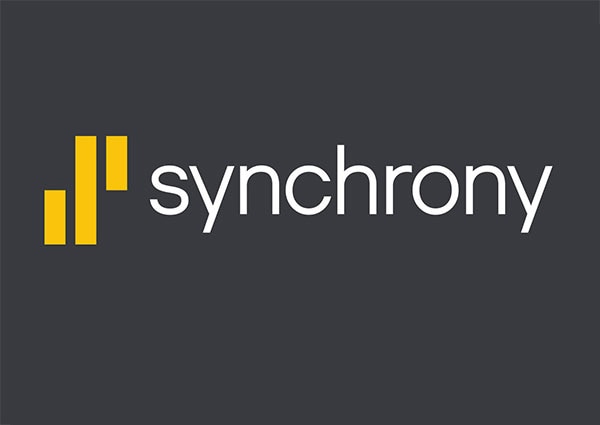











.jpg)
